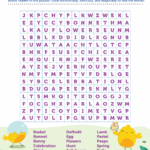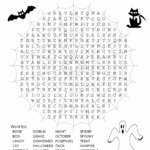Three-dimensional forms of chessmen, designed for production via additive manufacturing techniques, are becoming increasingly common. These objects, typically constructed from polymers or resins using technologies like fused deposition modeling or stereolithography, allow for the creation of customized sets with varying aesthetics and complexities. An example might include a Staunton chess set rendered in a vibrant, multi-colored plastic, produced at home using a readily available desktop 3D printer.
The accessibility of these digitally fabricated sets democratizes the game of chess, providing an affordable alternative to traditional, handcrafted sets. Furthermore, it offers opportunities for artistic expression and personalization, allowing individuals to design sets that reflect their unique tastes or commemorate specific events. Historically, chess sets were symbols of wealth and status, often made from expensive materials. This method lowers the barrier to entry, placing intricate and visually appealing sets within reach of a broader audience.
The subsequent sections will delve into the different design considerations for these pieces, the materials and printing techniques employed in their creation, and the broader impact on the chess community and creative industries.









